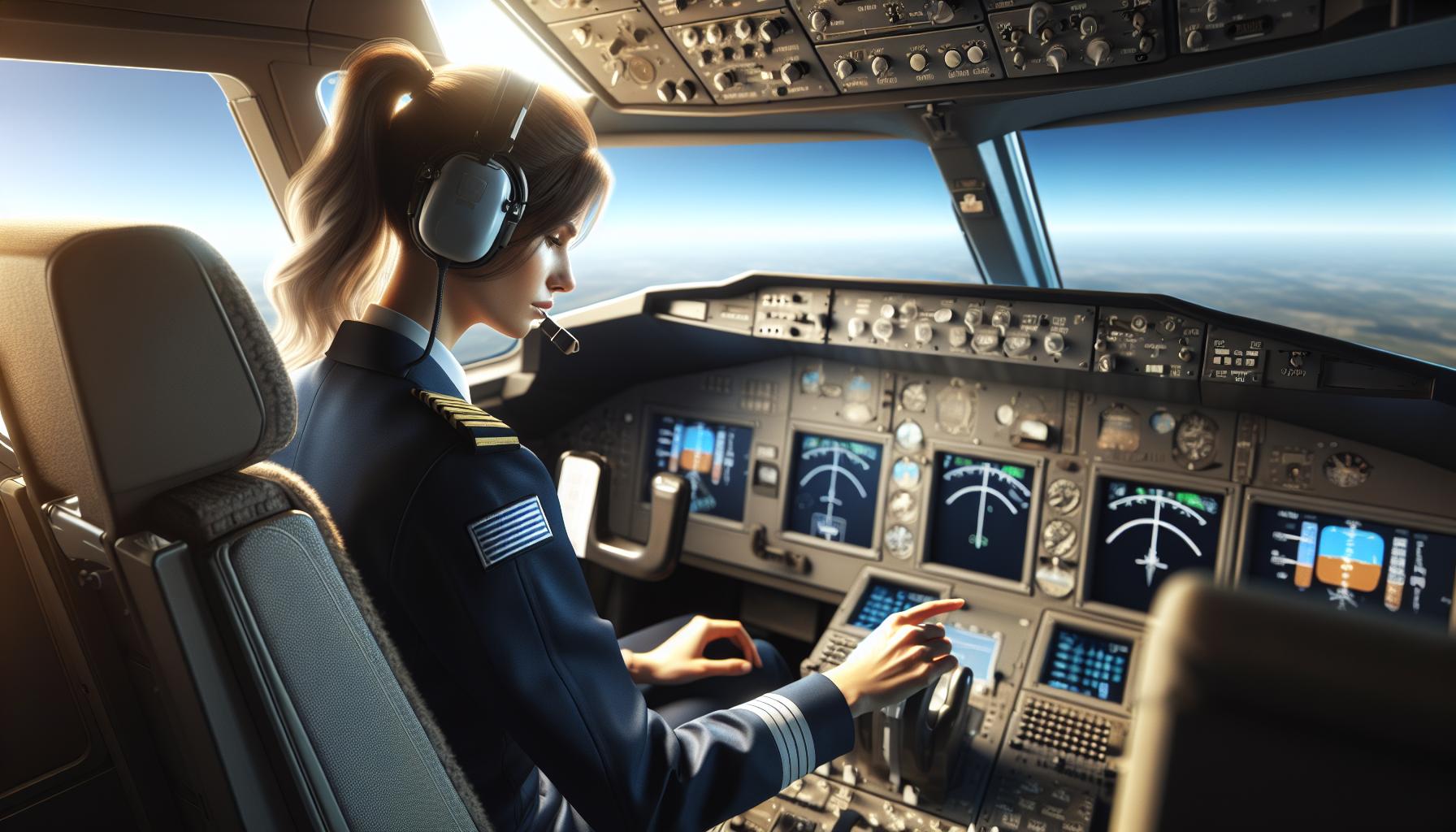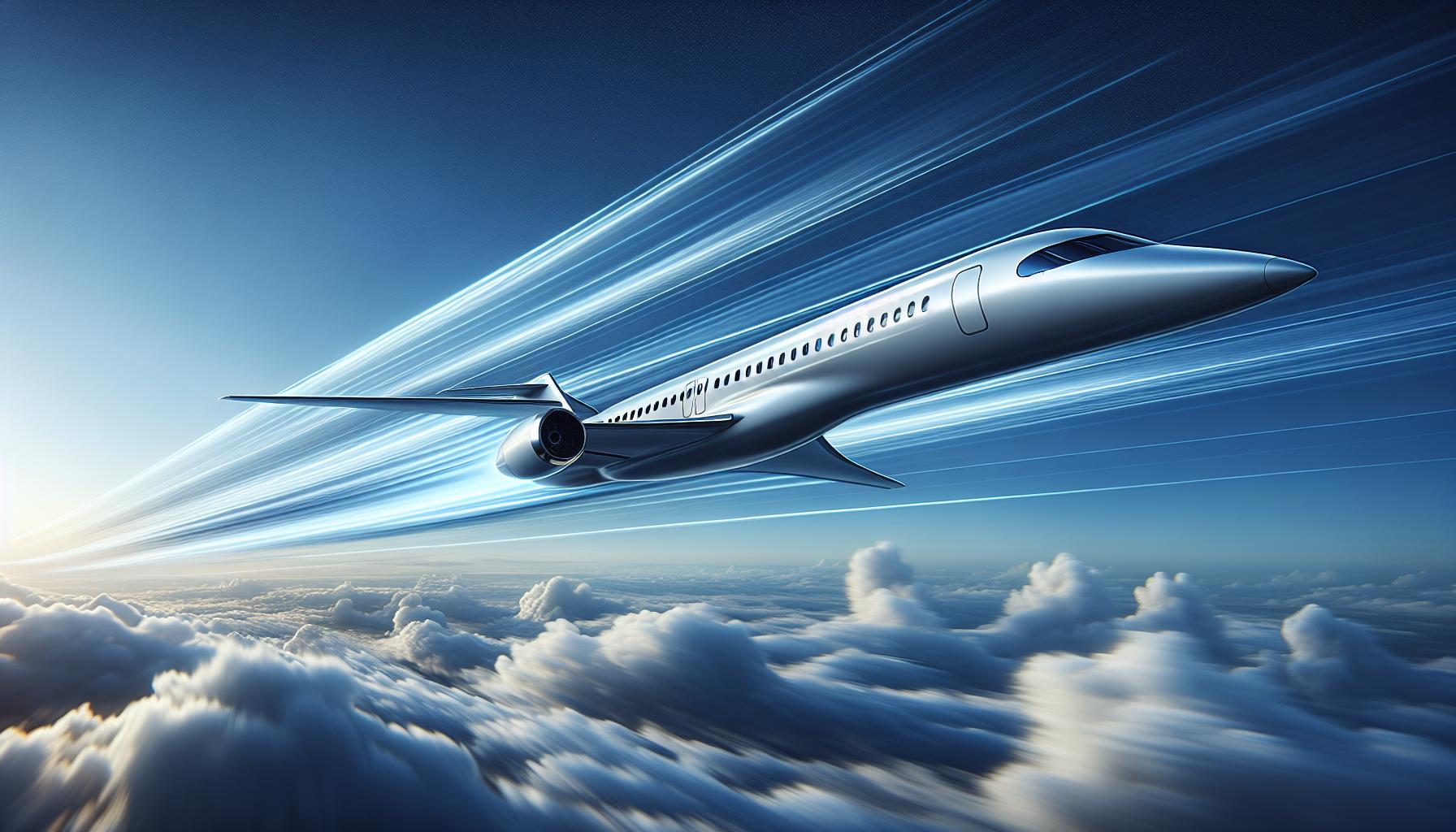When I think about the speed of an aircraft, it’s fascinating to consider how quickly it can cover distance. With a ground speed of 114 knots, the question arises: how far can it travel in just 7.5 minutes? Understanding this can be crucial for pilots, sustainability enthusiasts, and anyone curious about flight dynamics.
In the world of aviation, every second counts. Whether it’s planning a flight path or estimating arrival times, knowing how far an aircraft can go in a short span can make a significant difference. Let’s dive into the calculations and uncover just how far 114 knots can take us in 7.5 minutes.
Key Takeaways
- Understanding ground speed is crucial for pilots and aviation enthusiasts, as it reflects an aircraft’s speed relative to the Earth’s surface.
- An aircraft traveling at a ground speed of 114 knots will cover approximately 14.25 nautical miles in 7.5 minutes, highlighting the rapid pace of air travel.
- Ground speed impacts flight planning, navigation accuracy, and fuel consumption, leading to more efficient and safer flight operations.
- Weather conditions, including wind direction and speed, significantly affect ground speed and thus the distance an aircraft can travel.
- Aircraft performance factors, such as weight and engine power, also play a role in determining how far an aircraft can fly within a specific timeframe.
How Far Will an Aircraft Travel in 7.5 Minutes With a Ground Speed of 114 Knots?
Ground speed measures the speed of an aircraft relative to the Earth’s surface. It’s crucial for calculating travel distances over specific time frames, such as our focus on a 7.5-minute flight.
Definition of Ground Speed
Ground speed refers to the horizontal speed of an aircraft while flying. It combines the aircraft’s airspeed and any wind speed affecting its trajectory. For instance, if an aircraft flies at an airspeed of 120 knots with a headwind of 6 knots, the ground speed is 114 knots (120 – 6 = 114). Ground speed is essential for pilots to understand the actual distance an aircraft travels over the ground.
Importance of Ground Speed in Aviation
Ground speed plays a vital role in flight planning and navigation. I use it to estimate flight time, determine arrival times, and assess fuel consumption. Knowing the ground speed helps pilots make informed decisions during various flight phases, such as takeoff, cruising, and landing. Additionally, ground speed impacts the accuracy of navigation systems and air traffic control communications, contributing to overall flight safety and efficiency.
Calculating Distance Travelled

To determine how far an aircraft travels at a ground speed of 114 knots in 7.5 minutes, I can use a straightforward formula. The calculation involves converting time into hours and multiplying by the ground speed.
Formula for Distance Calculation
The formula for calculating distance is:
[ \text{Distance} = \text{Speed} \times \text{Time} ]
In this case, speed is 114 knots and time requires conversion from minutes to hours.
Plugging in the Values
First, convert 7.5 minutes into hours:
[ 7.5 , \text{minutes} = \frac{7.5}{60} , \text{hours} = 0.125 , \text{hours} ]
Next, applying the previously mentioned formula:
[ \text{Distance} = 114 , \text{knots} \times 0.125 , \text{hours} ]
Calculating this gives:
[ \text{Distance} = 14.25 , \text{nautical miles} ]
Thus, an aircraft traveling at a ground speed of 114 knots will cover approximately 14.25 nautical miles in 7.5 minutes.
Real-Life Applications

Understanding how far an aircraft travels in a short duration, like 7.5 minutes at 114 knots, has real-life applications in various aviation contexts.
Impact on Flight Planning
Knowing the distance covered helps me calculate flight paths accurately. Ground speed informs route selection and fuel requirements, enabling me to adjust plans based on weather conditions and air traffic. Precise estimations of arrival times reduce pilot workload and enhance overall mission efficiency.
Time Management for Pilots
Effective time management relies on understanding ground speed and distance. By assessing how far an aircraft travels in short intervals, I can allocate time for pre-landing checklists and communication with air traffic controllers. This foresight aids in minimizing delays and optimizing scheduling, contributing to safer and smoother operations.
Factors Affecting Distance

Several factors impact the distance an aircraft can travel over a given time period, including weather conditions and aircraft performance. Understanding these elements is crucial for accurate flight planning.
Weather Conditions
Weather conditions play a significant role in determining ground speed. Wind direction and speed directly influence how quickly an aircraft covers distance. Tailwinds (winds blowing in the same direction as the aircraft) can increase ground speed, allowing for greater distances traveled. Conversely, headwinds (winds opposing the aircraft’s direction) decrease ground speed, leading to shorter distances. Additionally, turbulence and severe weather can force pilots to alter their routes, impacting the total distance flown.
Aircraft Performance
Aircraft performance factors, such as weight, engine power, and aerodynamic efficiency, also affect distance traveled. Heavier aircraft consume more fuel and may fly slower, impacting ground speed. Engine efficiency determines how well an aircraft can maintain speed under various conditions. Aerodynamic design influences how smoothly an aircraft moves through the air, with more streamlined models typically covering greater distances faster. Understanding these performance characteristics enables pilots to optimize flight plans, ensuring distance estimates remain accurate.
Navigate The Sky
Knowing how far an aircraft can travel in just 7.5 minutes at a ground speed of 114 knots is essential for effective flight planning. This understanding not only aids in estimating arrival times but also enhances overall safety and efficiency during operations.
By grasping the nuances of ground speed and its factors, pilots can make informed decisions that optimize their routes and fuel consumption. Whether navigating through changing weather conditions or adjusting for air traffic, this knowledge plays a crucial role in successful flight management.
Ultimately, mastering these calculations empowers pilots to navigate the skies with confidence and precision.
